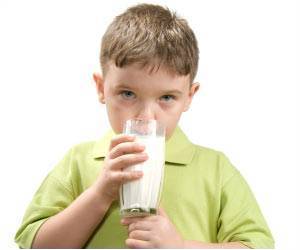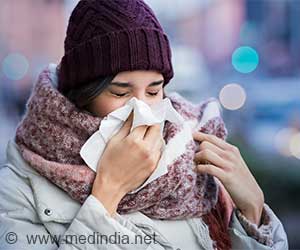World Food Safety Day is the new annual observance established by the United Nations General Assembly and is observed on June 7th to raise awareness on food safety and reduce the burden of foodborne diseases globally. The theme for this year 2019 is 'Food Safety, Everyone's Business.'
- The first-ever World Food Safety Day is observed on June 7th
- It is a joint initiative between the World Health Organization and the Food and Agriculture Organization
- The main aim of the campaign is to raise public awareness of the importance of food safety in order to protect consumer health
- The theme for 2019 is 'Food Safety, Everyone's Business'
TOP INSIGHT
World Food Safety Day is the new annual observance established to draw attention to the global threat posed by foodborne diseases and reinforce the government, food industries, and people to do more to make food safe and prevent foodborne illness.
Read More..
Facts and Statistics on Food Safety
- Access to an adequate quantity of safe and nutritious food is the key to sustaining life and promoting good health
- WHO estimates that unsafe food is responsible for more than 200 diseases, ranging from diarrhea to cancers
- Nearly 1 in 10 people in the world get sick after eating contaminated food, and 420,000 people die every year
- Kids under five years of age carry 40 percent of the foodborne disease burden, with 125,000 deaths every year
- Diarrheal diseases are the most common illnesses from the consumption of contaminated food, causing 550 million people to fall sick and 230,000 deaths every year
- Unsafe food creates a vicious cycle of illness and malnutrition, mainly affecting infants, young kids, the elderly, and the sick
- Foodborne diseases hinder socioeconomic development by straining health care systems, harming national economies, and trade
What Can We Do to Avoid Foodborne Illnesses?
Mishandled food can lead to foodborne illness. Hence, it is essential to maintain safe food handling behaviors through these following tips.1. Check for cleanliness
Cleanliness should be maintained right from the beginning while handling the food. Purchasing from a retailer who follows proper food handling practices can help assure that the food is safe.
2. Keep specific foods separated
Separate raw foods such as poultry, raw meat, and seafood from other foods in your grocery shopping cart to prevent cross-contamination. Place these foods in plastic bags to stop their juices from dripping on other foods.
3. Check cans and jars carefully
Avoid buying food cans and jars that are bulged, dented, tampered, or damaged as it means that the food was not adequately processed and is contaminated.
4. Inspect frozen food packaging
Do not buy frozen food if the package is damaged. Also, try to avoid packages that are above the frost line as this could mean that the food package has either been stored for a very long time or thawed and refrozen.
5. Choose frozen foods and perishables at the end
Perishable and frozen foods like meat, poultry, fish, and eggs should be the last items placed in your shopping cart and should be immediately refrigerated after reaching home to avoid food spoilage.
6. Be mindful of time and temperature
To ensure food safety, be mindful about the time and temperature of the food, for both cooking and storage.
Conclusion
Food safety is the key to achieve sustainable development goals (SDGs) and is a shared responsibility between governments, producers, and consumers. Everyone has a role to play to ensure that the food we eat is safe and will not cause harm to our health. So, let's join hands on this World Food Safety Day, to reduce the burden of foodborne diseases globally.References:
- Celebration of World Food Safety Day - (https://www.who.int/news-room/events/detail/2019/06/07/default-calendar/celebration-of-world-food-safety-day)
- World Food Safety Day- 7 June - (https://www.un.org/en/events/foodsafetyday/)
- Commemorating the first ever World Food Safety Day - (https://fssai.gov.in/cms/world-food-safety-day.php)
Source-Medindia
 MEDINDIA
MEDINDIA





 Email
Email










